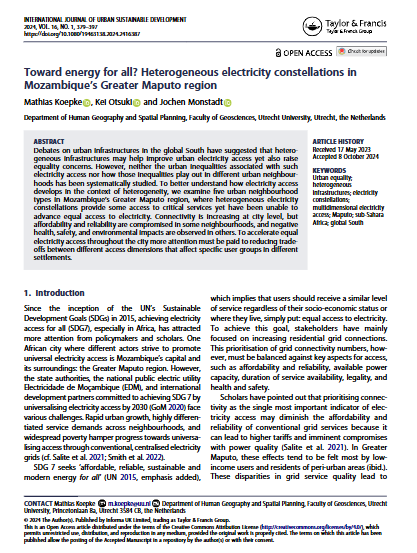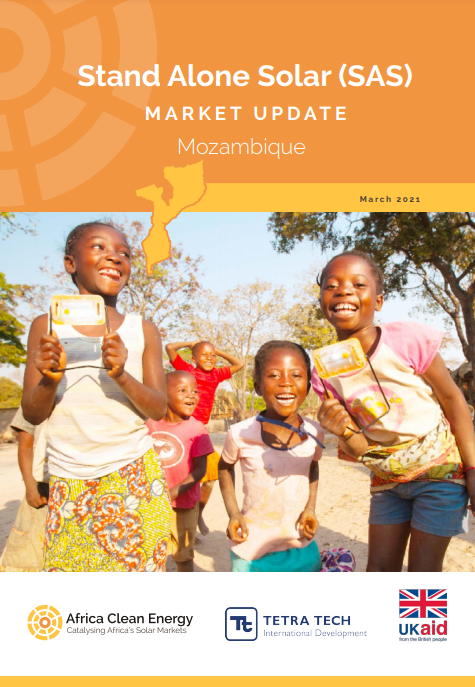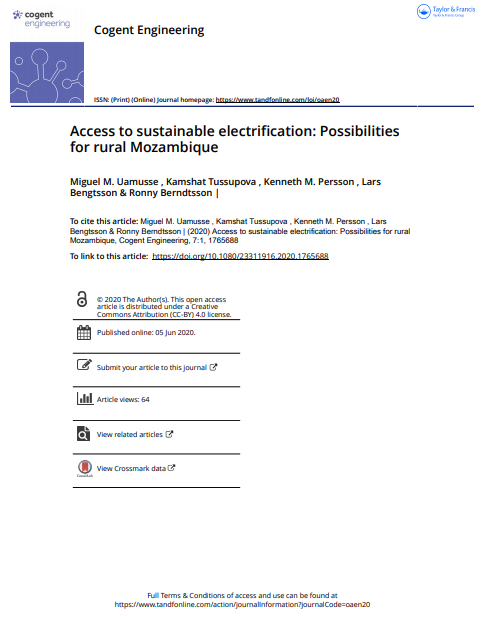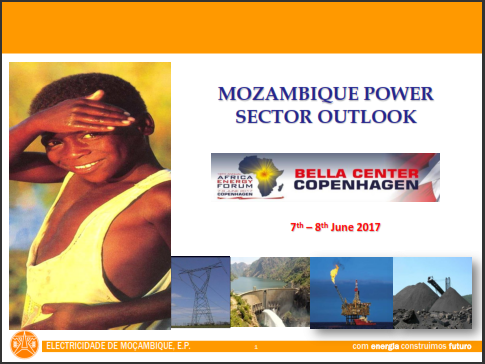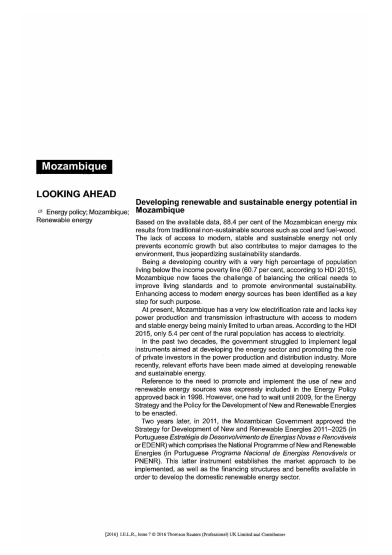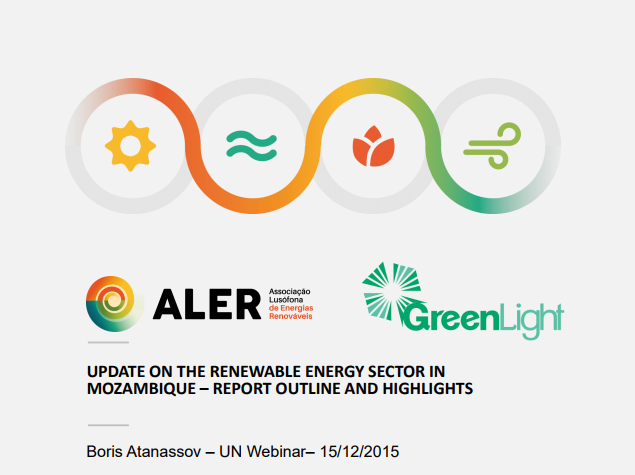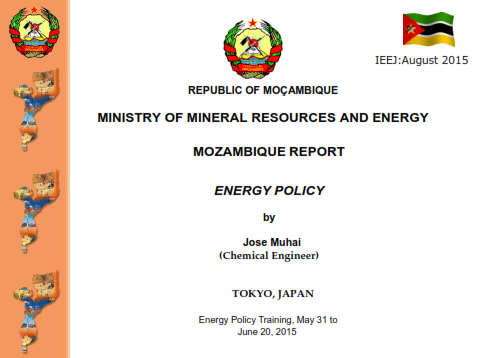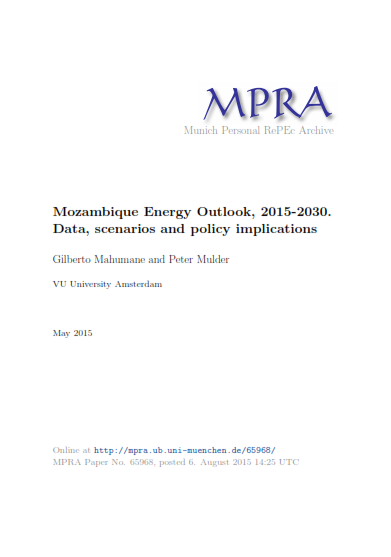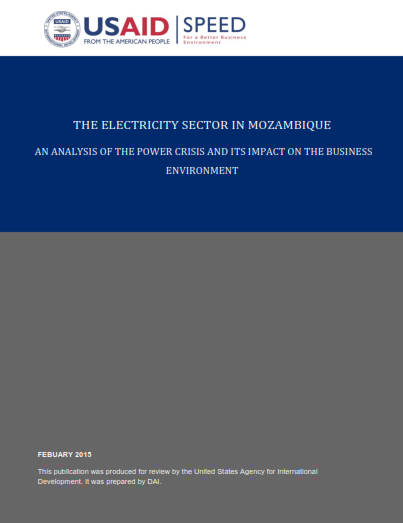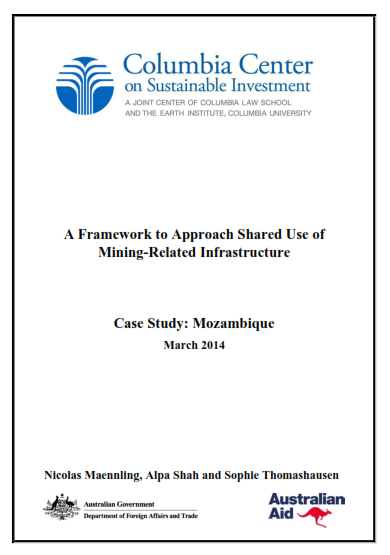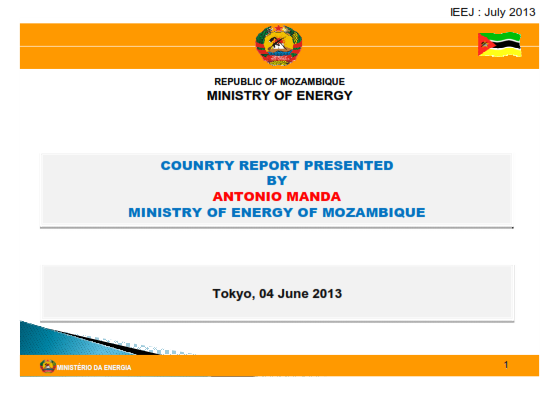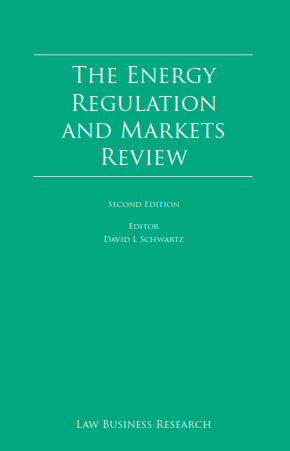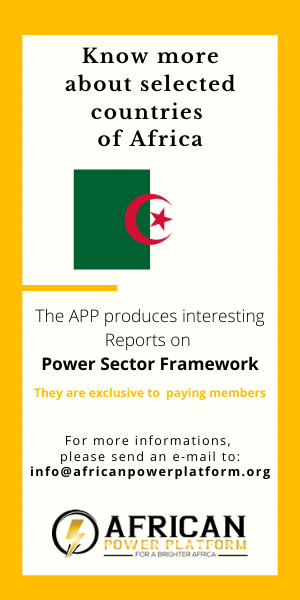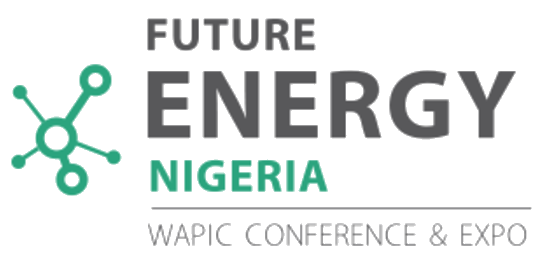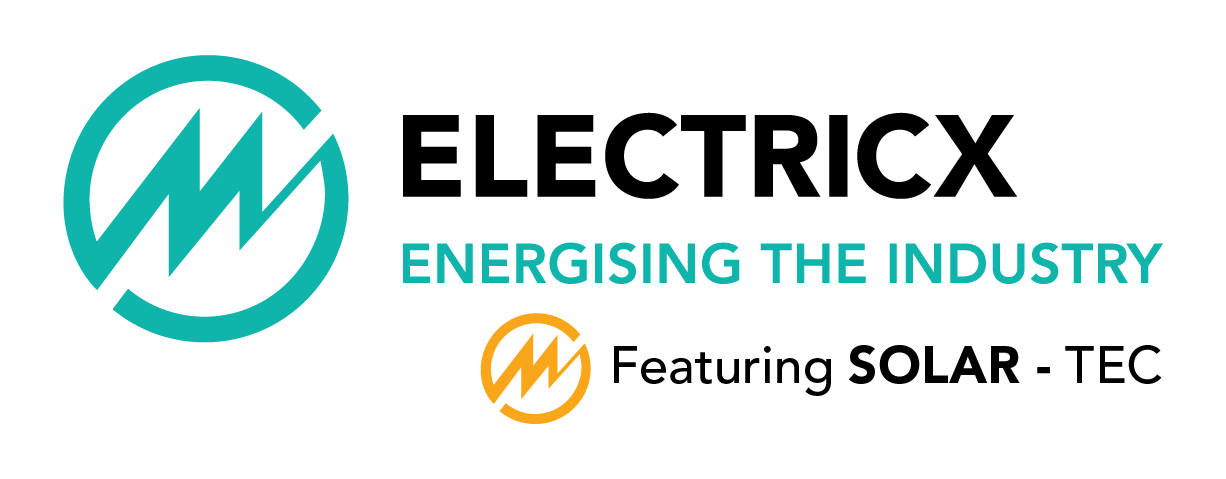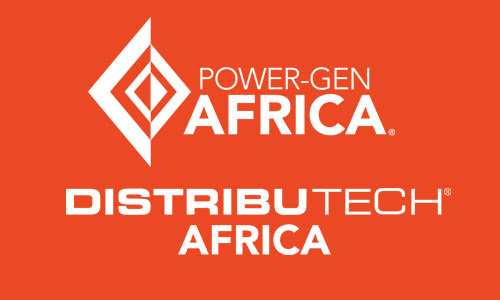Publication date: 15 October 2024
Author: Taylor & Francis Group
Description: Debates on urban infrastructures in the global South have suggested that heterogeneous infrastructures may help improve urban electricity access yet also raise equality concerns. However, neither the urban inequalities associated with such electricity access nor how those inequalities play out in different urban neighbourhoods has been systematically studied. To better understand how electricity access develops in the context of heterogeneity, we examine five urban neighbourhood types in Mozambique’s Greater Maputo region, where heterogeneous electricity constellations provide some access to critical services yet have been unable to advance equal access to electricity. Connectivity is increasing at city level, but affordability and reliability are compromised in some neighbourhoods, and negative health, safety, and environmental impacts are observed in others. To accelerate equal electricity access throughout the city more attention must be paid to reducing trade-offs between different access dimensions that affect specific user groups in different settlements.





